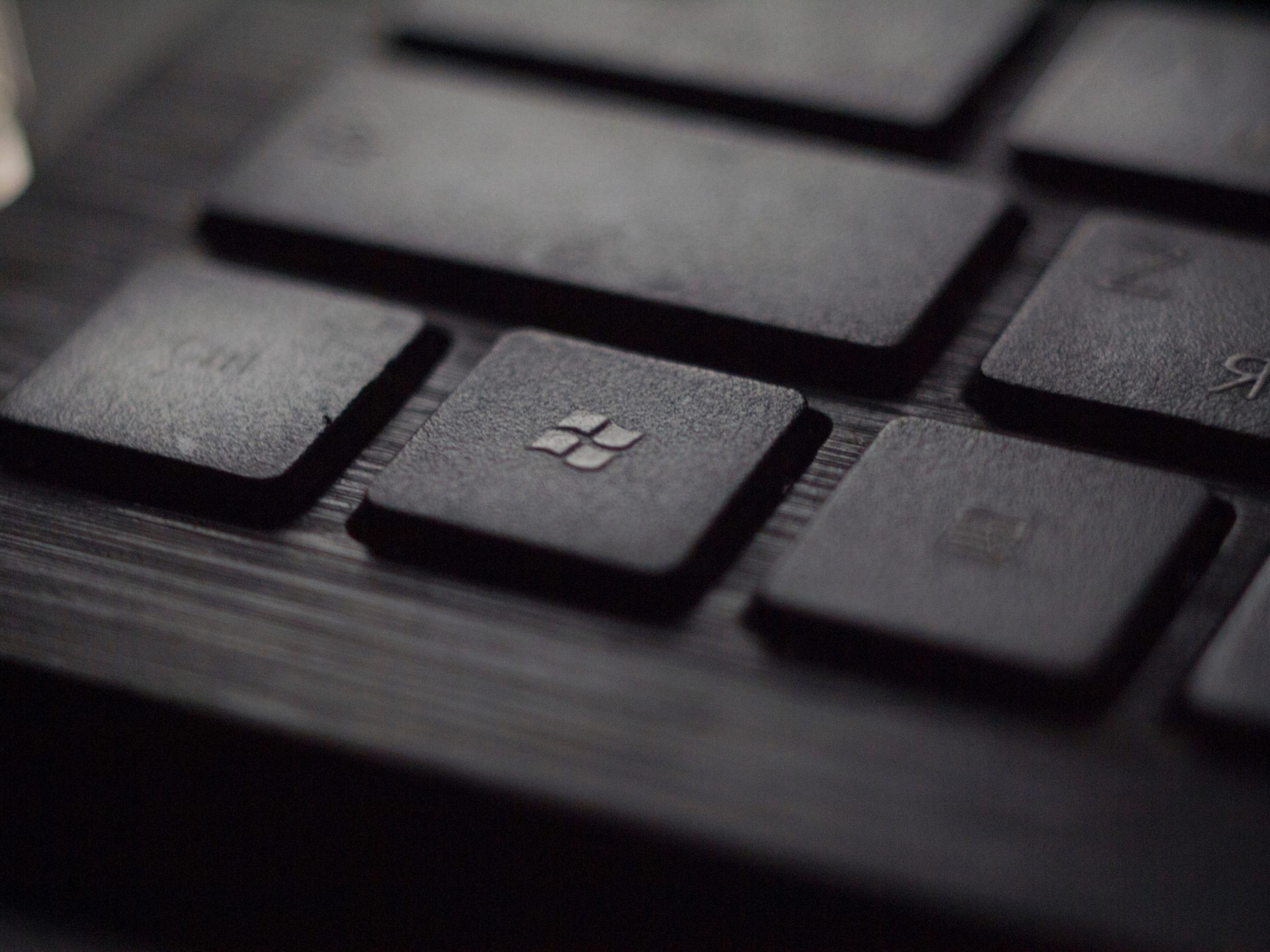Microsoft has recently made a significant move in the tech industry by announcing the introduction of two custom-designed computing chips, aimed primarily at enhancing artificial intelligence (AI) capabilities and managing the high costs associated with delivering AI services. These chips, named Maia and Cobalt, are part of Microsoft’s strategy to internalize key technologies, a trend that has been observed among other major tech companies as well.
The Maia Chip
- Purpose and Function: The Maia chip is designed to accelerate AI computing tasks, serving as the foundation for Microsoft’s Copilot service, priced at $30 per month for business software users. This service targets developers interested in creating custom AI services.
- Technical Design: Maia is engineered to run large language models, which are vital components of Microsoft’s Azure OpenAI service. This aligns with Microsoft’s collaboration with OpenAI, creators of ChatGPT.
- Cost-Effective Strategy: Faced with the significant expenses of delivering AI services, Microsoft plans to channel its efforts into integrating AI across its products through a unified set of foundational AI models. The Maia chip is optimized for this purpose, aiming to provide solutions that are faster, more cost-effective, and of higher quality.
The Cobalt Chip
- Dual Purpose: The Cobalt chip serves as both an internal cost-saving measure and a competitive response to Amazon Web Services (AWS). This central processing unit (CPU), utilizing technology from Arm Holdings, is currently being tested to power Microsoft Teams, a business messaging tool.
- Competitive Strategy: Microsoft intends to offer direct access to the Cobalt chip to compete with AWS’s Graviton series. The company focuses on ensuring competitive performance and cost-effectiveness compared to Amazon’s offerings.
Future Plans and Collaborations
- Collaboration with Other Tech Giants: In addition to its own chips, Microsoft plans to offer Azure cloud services that run on the latest flagship chips from Nvidia and Advanced Micro Devices (AMD). Currently, Microsoft is testing GPT-4, OpenAI’s advanced model, on AMD’s chips.
- Market Positioning and Strategy: Microsoft’s approach does not aim to displace Nvidia but rather to provide AI services in the cloud until personal computing devices are capable of handling these tasks. This strategy is seen as a unique opportunity for Microsoft to capitalize on its significant per-user revenue from cloud services.
Technical Specifications and Standardization
- Manufacturing Technology: Both Maia and Cobalt are manufactured using 5-nanometer technology from Taiwan Semiconductor Manufacturing Co.
- Network Integration: The Maia chip is designed to be connected using standard Ethernet network cabling, moving away from the more expensive custom Nvidia networking technology previously used by Microsoft. This shift indicates a broader move towards standardization in Microsoft’s hardware strategy.
In summary, Microsoft’s introduction of the Maia and Cobalt chips signifies a strategic shift towards internalizing key AI technologies, enhancing cost-effectiveness, and strengthening its competitive position in the cloud services market. These developments also reflect a broader trend in the tech industry, where major players are increasingly bringing chip design and manufacturing in-house to better control costs and optimize performance for their specific services.
See first source: Reuters
FAQ
Q1: What has Microsoft recently announced regarding AI chips?
A1: Microsoft announced the introduction of two custom-designed computing chips, aimed at enhancing AI capabilities and reducing the costs associated with delivering AI services.
Q2: What are the names of the new Microsoft chips?
A2: The new chips are named Maia and Cobalt.
Q3: What is the purpose of the Maia chip?
A3: The Maia chip is designed to speed up AI computing tasks and serves as the foundation for Microsoft’s $30-a-month Copilot service for business software users. It’s optimized to run large language models like those used in Microsoft’s Azure OpenAI service.
Q4: Will Microsoft sell these chips?
A4: No, Microsoft does not plan to sell these chips. Instead, they will be used to power Microsoft’s subscription software offerings and Azure cloud computing service.
Q5: How does the Cobalt chip differ from Maia?
A5: The Cobalt chip is a central processing unit (CPU) made with technology from Arm Holdings. It is designed to be both an internal cost saver and a competitive response to Amazon Web Services. It is currently being tested to power Microsoft Teams.
Q6: Is Microsoft collaborating with other tech companies for AI chips?
A6: Yes, Microsoft plans to offer Azure cloud services running on the newest flagship chips from Nvidia and Advanced Micro Devices (AMD).
Q7: What are the manufacturing specifications of these chips?
A7: Both chips are manufactured using 5-nanometer technology from Taiwan Semiconductor Manufacturing Co. The Maia chip will be connected using standard Ethernet network cabling.
Q8: How do these chips impact Microsoft’s competitive strategy?
A8: The introduction of these chips is part of Microsoft’s strategy to internalize key technologies, offering cost-effective and high-quality AI services, and competing with major cloud service providers like Amazon Web Services.
Featured Image Credit: Photo by Tadas Sar; Unsplash – Thank you!










